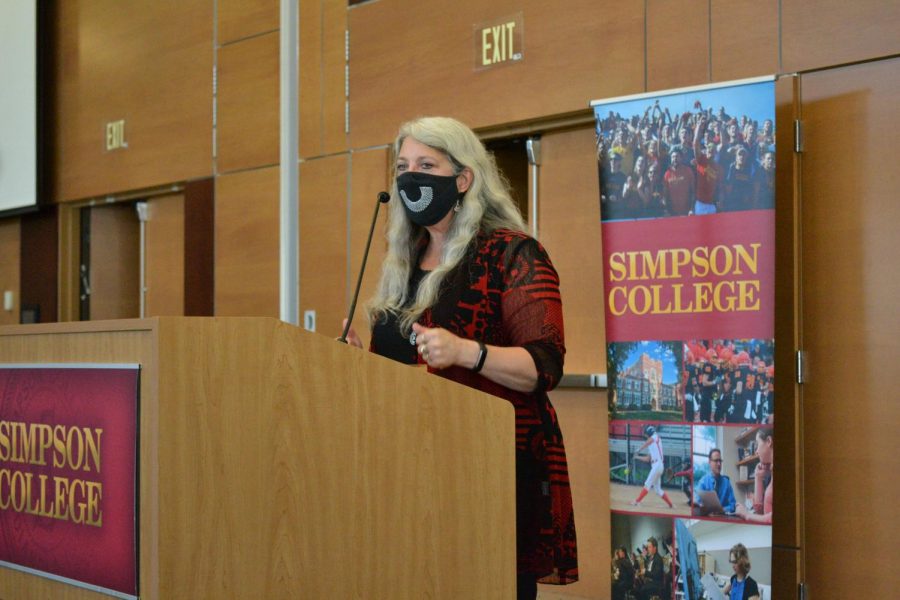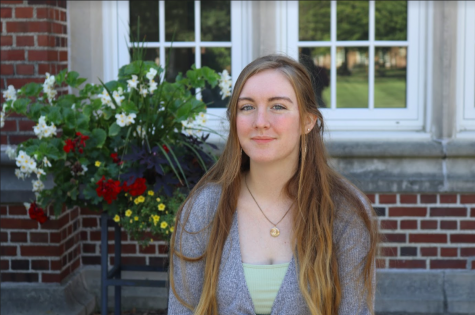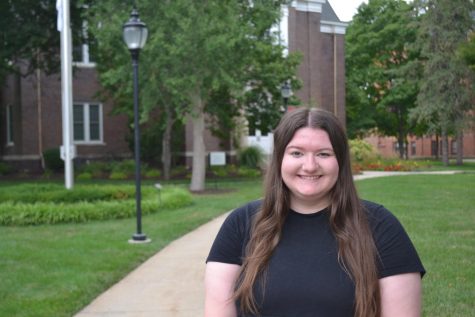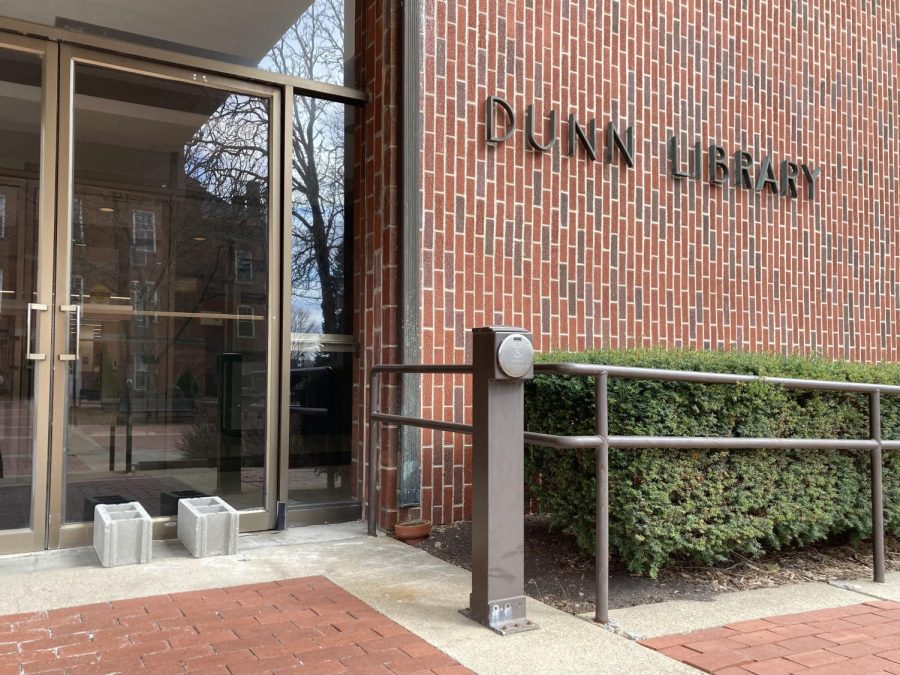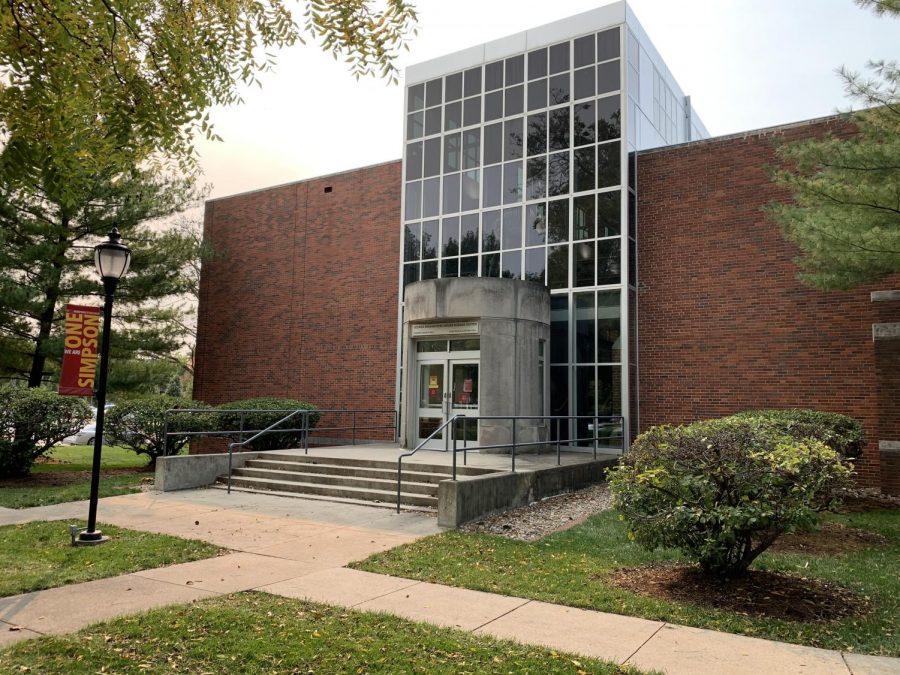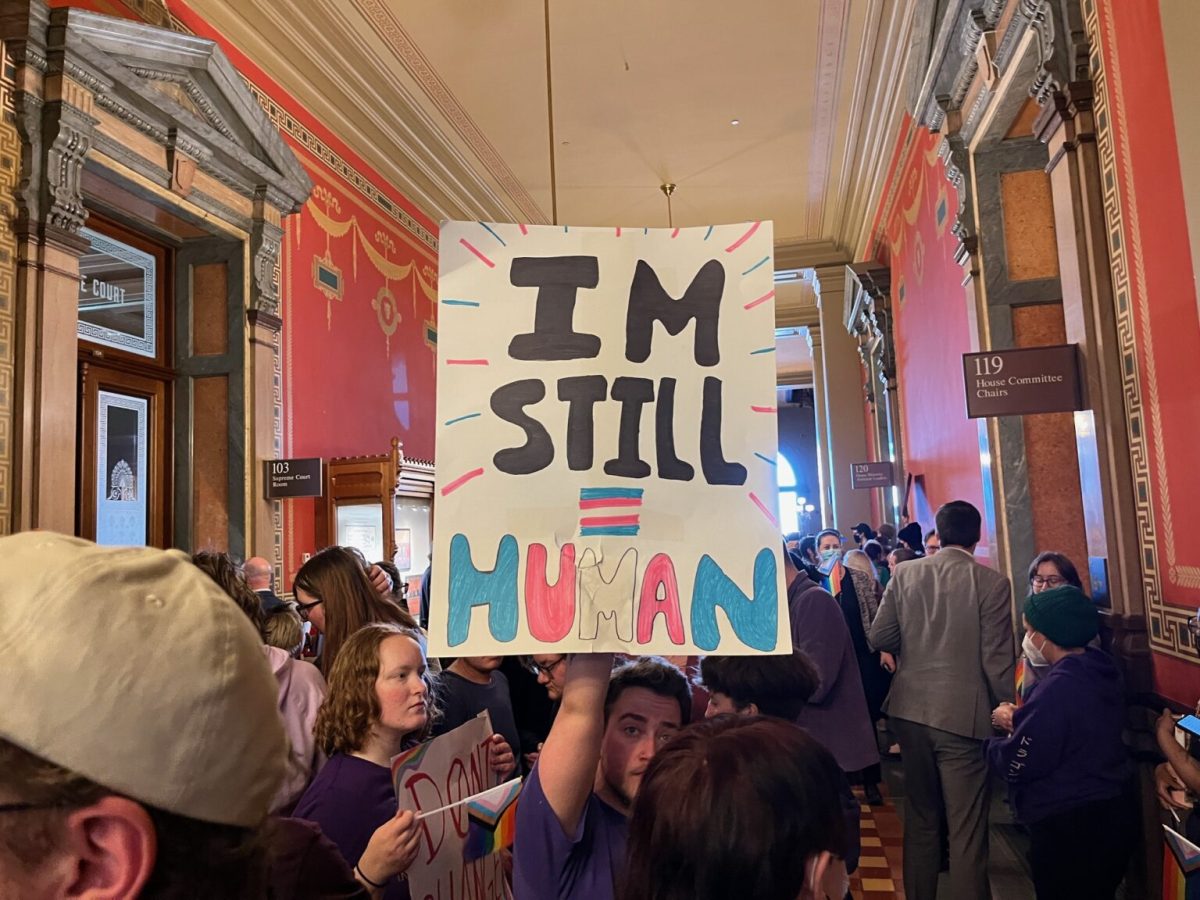Simpson alum returns to present Constitution Day Lecture
Andrea Frantz delivered the annual Constitution Day Lecture on Sept. 15.
September 15, 2021
Many citizens use their First Amendment rights daily, but only 1% of the population can name all five freedoms. This was one of the main points of discussion at this year’s annual Constitution Day lecture.
Dr. Andrea Frantz–a 1986 Simpson alum and Professor of Digital Media at Buena Vista University–delivered this year’s Constitution Day Lecture on Sept. 15.
Frantz cited a statistic from the Freedom Forum Institute stating that only 29% of people can name one of the five freedoms guaranteed by the First Amendment – only 1% can name all five freedoms. Despite not knowing their rights, many people still exercise them daily.
“The interesting thing is, while 29% [of people] can’t name any freedom, my guess is that among that 29%, we’re all exercising it — we’re all exercising those all the time,” Frantz said.
Frantz said that she feels Simpson College students have a legacy of exercising one of their First Amendment freedoms: the right to peaceably assemble.
“There may be a point in your life when you feel like these things are being threatened,” Frantz said. “You’ll need to stand up, and you need to raise your voice a little higher, a little more publicly. That might mean taking to the streets, and I happen to know that at Simpson. We’ve got a tradition of that.”
To emphasize her point, Frantz told the story of Brandi Levy, a student at Mahanoy High School in Pa. She was suspended after posting a photo of herself and a friend flipping off the camera to Snapchat.
“F— school, f— softball, f— cheer, f— everything,” Levy said in a caption posted to Snapchat.
Frantz quoted the Tinker v. Des Moines Supreme Court ruling. “Students do not shed their constitutional rights to freedom at the schoolhouse gate,” she said, emphasizing the need for college students to understand their First Amendment rights.
However, Frantz did acknowledge the limitations of the First Amendment.
“We cannot just sort of fly off the handle whenever compulsion strikes and say whatever comes to mind,” Frantz said. “There are limits. This is not exactly a crowded theater, but I couldn’t walk in here and yell, ‘Fire!’ I couldn’t shout, ‘Active shooter!’ In all seriousness, ultimately that can put you in danger; the panic that could ensue from all of that would ultimately have potentially really bad repercussions… The Constitution doesn’t guarantee me that right to be able to share whatever I please. There are limits.”
Frantz also emphasized the importance of the press, the only profession named in the First Amendment outside of the government. Frantz told the story of her friend Gary, a photojournalist who reported in New York City on Sept. 11, 2001.
After being trapped underneath an awning outside of the towers, a firefighter asked Gary to use his camera flash to guide everyone out of the rubble.
“He turned around and saw that the second building was coming down. And, at that point, he knew that he had to run… So he ran. And then, he turned around and he started taking photographs, and he worked for the next 48 hours without sleep,” Frantz said. “‘Why?’ Because all of us needed to understand what was happening. Without those stories, we wouldn’t be where we are today.”
To close out her speech, Frantz ended with a powerful statement,
“Journalists run toward the fire so we can run away.”



